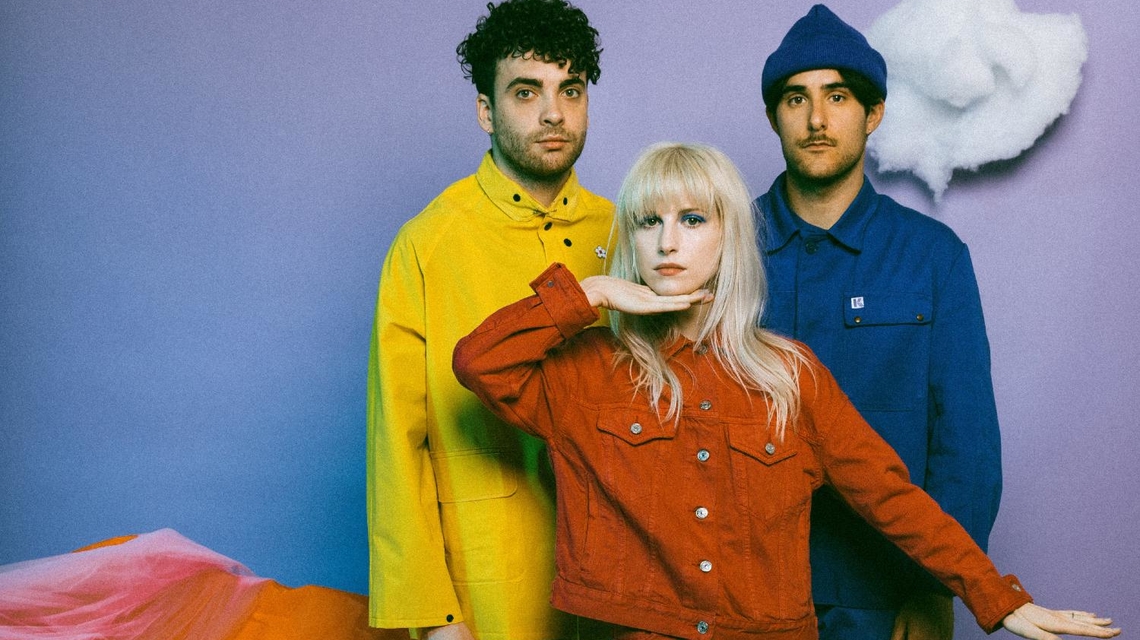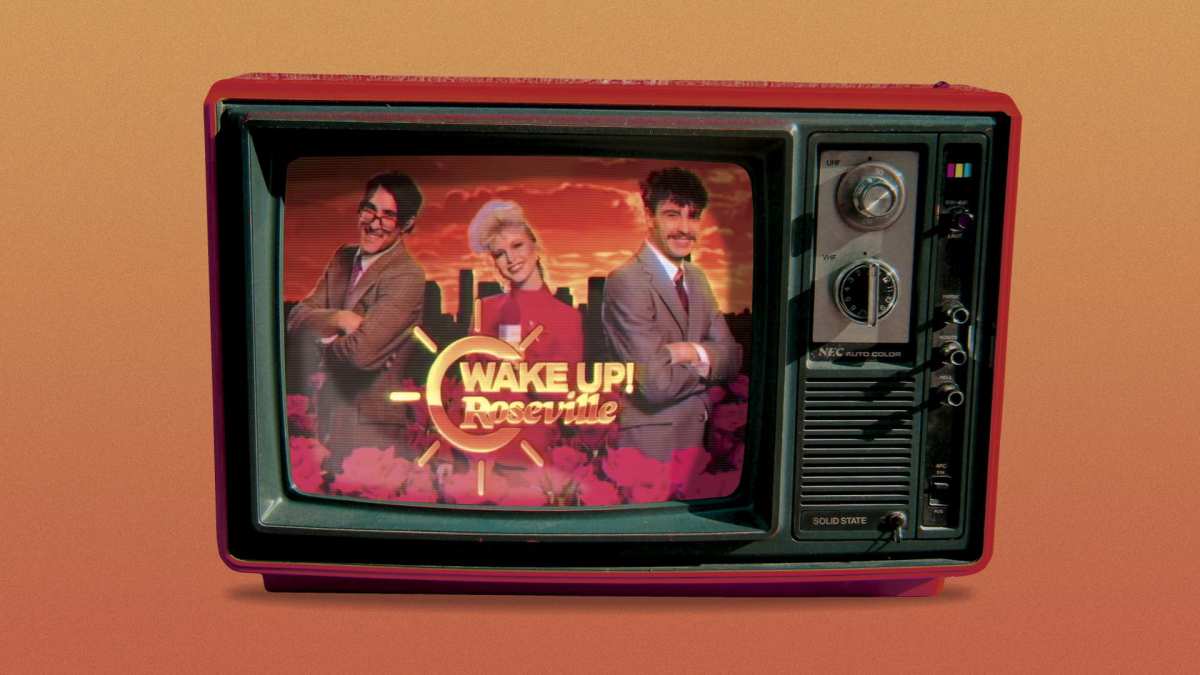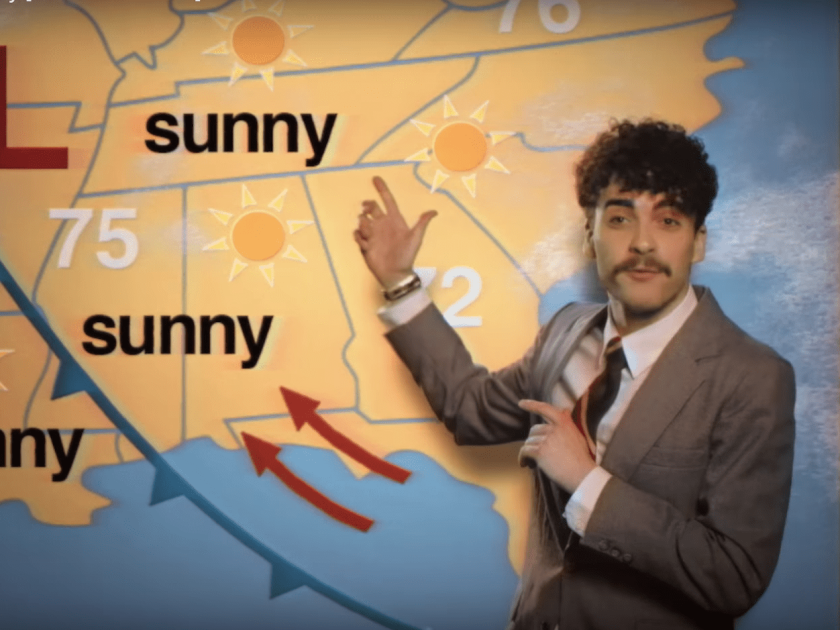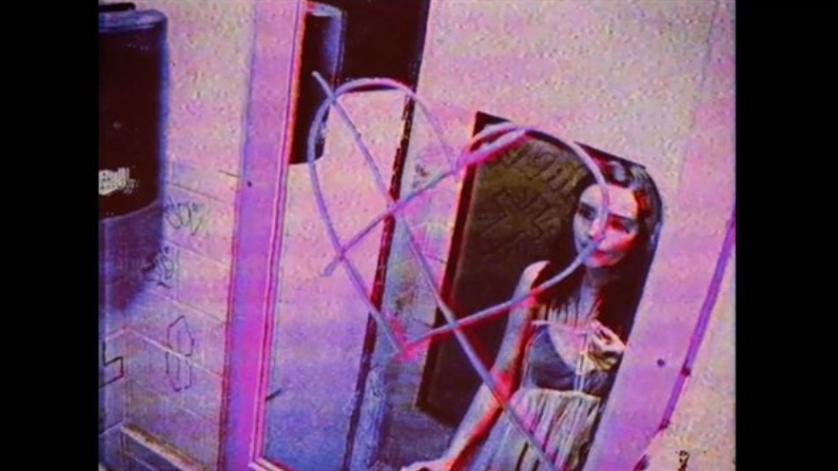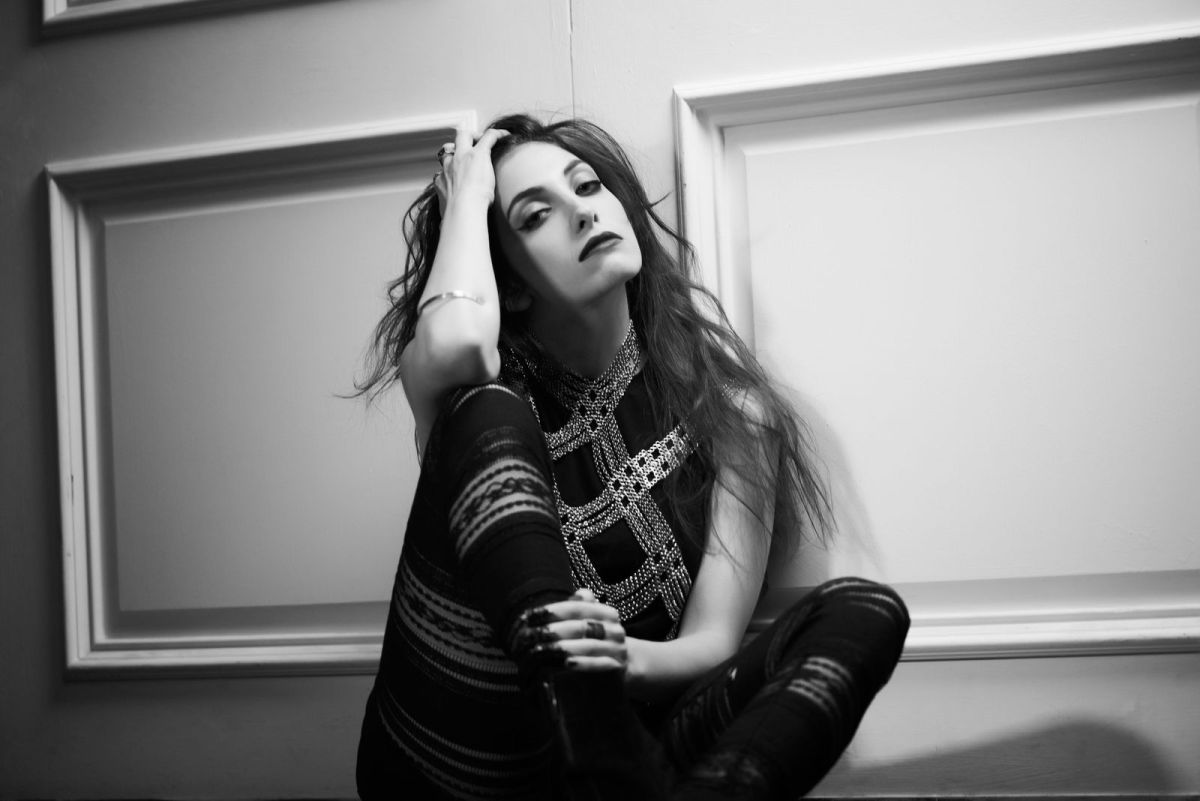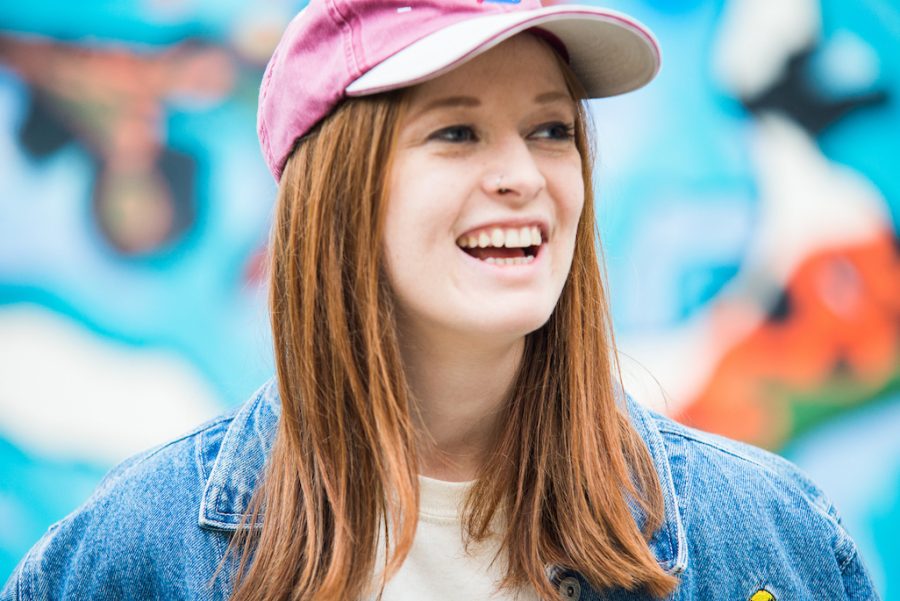Details: The O2 Arena, London, Friday 12th January 2018
Setlist: Torches Together, Goodbye, I!, Red Cow, Nine Stories, Timothy Hay, Fox’s Dream of the Log Flume, January 1979 and All Circles
Trying to describe the sound of mewithoutYou to someone who had never heard them before is a tricky task for even the most reputable music critic. It is not overly-dramatic to paint them as ‘genre-neutral’ – or at least admit that their heavy, cymbal-clashing tunes transcend the superficial boundaries of stereotypical categories. The first layer of mewithoutYou is a solid indie rock sound, but delve deeper and you’ll find yourself lurching from folk, honky-tonk ballads to experimental post-hardcore rock. For a casual listener (like myself), it can be easy to dismiss their music as being ‘strange’ and at times monotonous but repeated exposure to their extensive discography helps deepen an appreciation for their unique sound.
It is a bitterly cold January evening and I find myself standing among a huddle of excited fans – the anticipation is palpable, practically emanating in waves from the crowd. The headlining main act this evening is Paramore, but we are being treated to a warm up set from American rock band mewithoutYou – who have traveled all the way from Philadelphia, Pennsylvania to be with us here tonight. The band consists of vocalist Aaron Weiss, bassist Dominic Angelella, guitarists Michael Weiss and Brandon Beaver and drummer Rickie Mazzotta. One fundamental feature of mewithoutYou‘s music is their choice to include spoken-word intertwined with half-screamed vocals, creating a surprisingly poetic lyrical atmosphere.
From the first moment that they all appear on stage, mewithoutYou waste no time in kicking off with a burst of raw energy that ricochets and creates ripples through the rest of the set. Drummer Mazzotta is a visual spectacle – his drum kit shakes and vibrates under the weight of his enthusiastic snare flams and thumping bass drum that act as steady backbone to the eccentric set. Guitarists Weiss and Beaver, and bassist Angelella, are slightly more laid-back: they are sturdy, swaying silhouettes against a smokey haze of a backdrop. It is hard however to peel ones eyes away from lead singer Weiss – he moves around the stage with the charisma of a performance artist, suddenly crouching or veiling himself with his cardigan as he wails wax lyrical into the microphone. His movements are erratic and lack all sense of inhibition, which captures the essence of mewithoutYou perfectly.
It takes a certain level of focus and concentration to tune into the lyrics and they appear somewhat esoteric: only those with a deep prior understanding could appreciate them fully. But when one does grasp them, they show themselves to be truly masterful. Weiss is a philosopher, and he is unafraid to test the limits of lyrical expression as his songs cover a broad range of subjects including sex, religion and politics. One of my favourite songs from that night, Red Cow, has roots in the Bible. “Green figs fall from the Nebraska sky” is a nod to the Book of Revelation, where the figs are an analogy for stars ‘unscrewing from the depths of space’ (source). However, Weiss has spoken openly about the limitations of language and the danger of linguistic interpretation, especially of his lyrics. He says in an interview:
“That’s one reason language needs to be held at a safe distance, kept in its proper place in terms of what we expect of it. This is especially true as we address more abstract, deeply meaningful topics. There’s just a lot of room for slippage and miscommunication.”
Overall, the concert was a raucous, raw culmination of fifteen years of stylistic evolution and the energy pulsing through each track is unforgettable. The music is a glorious conglomeration of prog rock, indie folk and spoken word, but despite the lack of certified genre it is quite easy to become lost in the sound as each track lurches into the next. The lyrics, weighing heavy with ideological imagery and metaphorical interpretation, give their songs a linguistic edge that compliments their sound. Despite not being a fan of mewithoutYou before this concert, I left with a taste of their essence and a hunger to hear more.










